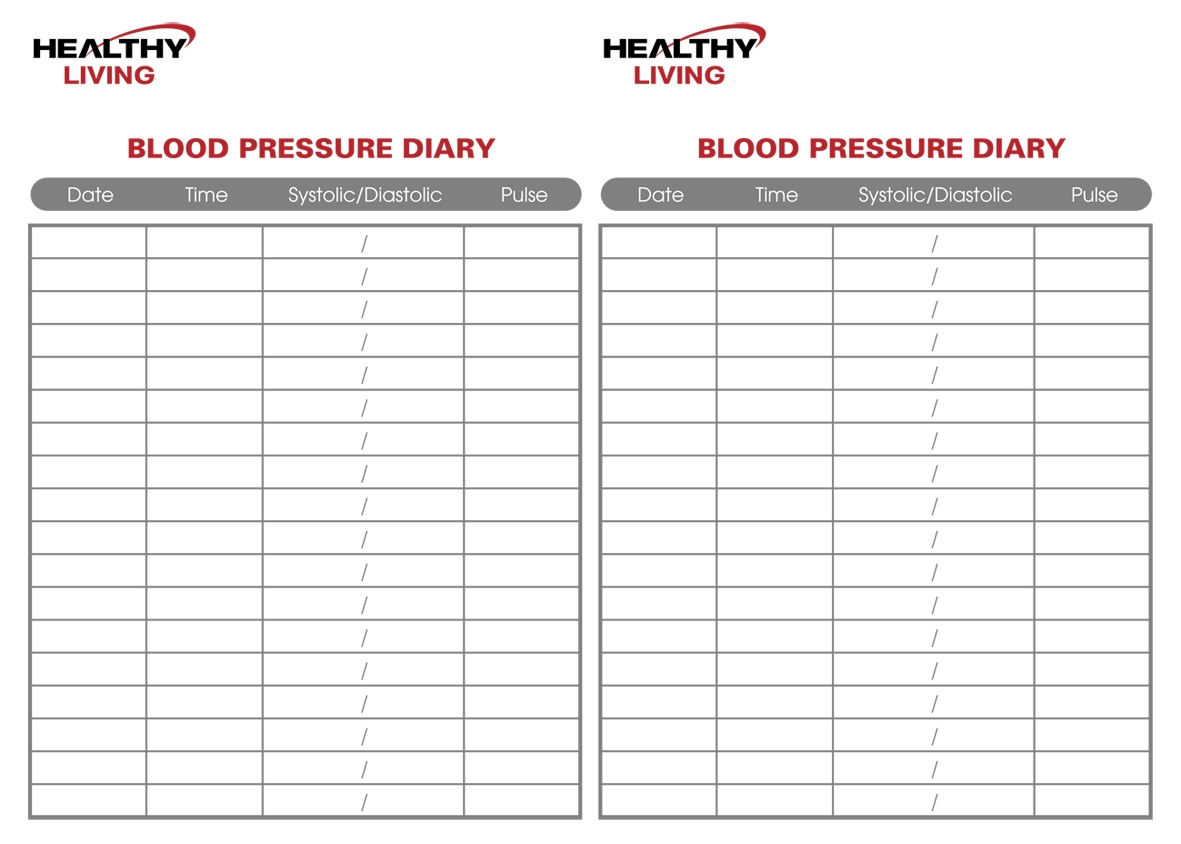


Table 2: Modifiable risk factors of hypertension and blood pressure as described by international and national health organisations Disease and economic burden related to hypertension Table 2 presents the modifiable risk factors that increase or decrease the risk of raising blood pressure and developing hypertension. Diet-related risks, physical inactivity, consumption of alcohol and tobacco, and being overweight are considered modifiable and largely preventable risk factors ( WHO 2019), ( ISH 2020). Non-modifiable risk factors include older age, family history of hypertension, and co-existing diseases such as diabetes or chronic kidney disease. Hypertension can be attributed to multiple non-modifiable and modifiable risk factors. Table 1: Age-standardised prevalence of hypertension (SBP≥140 or DBP ≥90) in adults in EU countries in 2015 based on measured blood pressure Factors related to hypertension prevention For studies including only older people, the prevalence of hypertension has been significantly higher in EU Member states compared to the ones presented in table 1 ( NCD-RisC 2019). Hypertension becomes more common in older age ( ESC/ESH 2018) 3.5% of the younger population (25-34 years) and 53.3% of the older population (>75 years) self-reported hypertension in European Health interview Survey ( Eurostat Data Browser). Table 1 presents the age-standardized estimates of measured blood pressure of people aged 18 and older in the EU Member States. The prevalence of measured hypertension varies across the EU Member States but is consistently higher amongst men compared to women ( WHO Data Platform). Hypertension is a major risk factor for several noncommunicable diseases (NCDs), including cardiovascular diseases and chronic kidney disease ( GBD 2020). Hypertension rarely has noticeable symptoms and it can only be verified by having blood pressure measured ( WHO 2019), ( ISH 2020). Optimal blood pressure is defined to be less than 120/80 mmHg, normal blood pressure 120-129/80-84 mmHg and high-normal blood pressure 130-139/85-89 mmHg ( ESC/ESH 2018). Hypertension is defined as the systolic blood pressure being consistently over 140 mmHg and/or the diastolic blood pressure being consistently over 90 mmHg on repeated measurements. Hypertension, also known as high, raised, or elevated blood pressure (BP), is a medical condition in which the pressure of blood against the walls of arteries is persistently elevated ( WHO 2019).


 0 kommentar(er)
0 kommentar(er)
